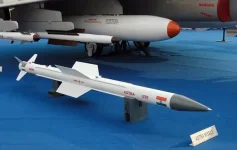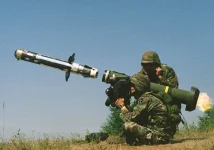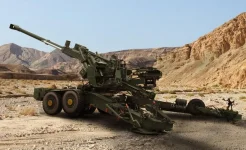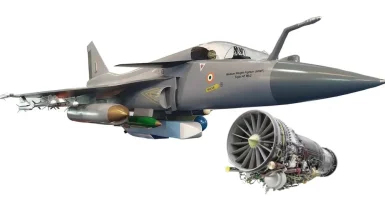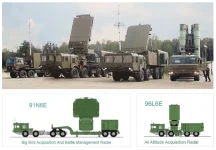India's Combat Vehicles Research & Development Establishment (CVRDE) has outlined a strategic plan to design, develop, and induct a family of indigenous engines for its armoured vehicles by 2030.
This ambitious project, spearheaded by the premier DRDO laboratory, aims to produce engines ranging from 600 to 1500 horsepower (HP), a move that could end the nation's critical dependence on foreign suppliers for its main battle tank fleet.
The initiative is a major step towards achieving self-reliance in the national defence sector. For decades, the Indian Army's armoured corps has relied on imported powerplants.
The vast fleet of T-72 "Ajeya" and T-90 "Bhishma" tanks, which form the backbone of India's armoured divisions, are currently powered by Russian-made engines. Even the indigenously designed Arjun Main Battle Tank (MBT) uses a German-origin engine.
This reliance creates logistical challenges, supply chain vulnerabilities, and significant long-term maintenance costs.
Significant progress has already been made at the lower end of the power spectrum.
A 600 HP engine, developed in collaboration with Indian industrial firm Ashok Leyland, has successfully cleared all performance tests and is now undergoing extensive durability trials. This engine is slated to power future platforms such as light tanks, armoured personnel carriers, and infantry combat vehicles.
The success of this public-private partnership serves as a foundation for developing more powerful variants.
Building on this momentum, CVRDE is focusing its efforts on creating high-power engines in the 1200 HP to 1500 HP category. These engines are essential for propelling heavy combat systems, including future variants of the Arjun MBT and other next-generation fighting vehicles.
By developing a comprehensive range of domestic powerplants, the armed forces will gain greater operational flexibility and ensure that future combat platforms are powered by Indian technology.
The goal to equip the armed forces with these domestically produced engines by 2030 is a structured yet challenging objective.
The development of high-performance combat vehicle engines is a complex process that demands rigorous and exhaustive testing to ensure reliability in the extreme and varied conditions where the Indian Army operates, from scorching deserts to high-altitude mountain terrain.
Successful completion of this roadmap will be a landmark achievement for India's "Make in India" initiative. It promises to provide the Indian Army with greater operational autonomy, simplified logistics, and long-term cost efficiencies, securing a vital component of the nation's defence manufacturing ecosystem.


